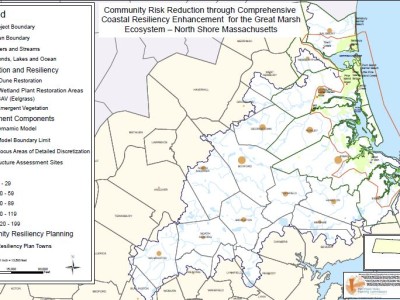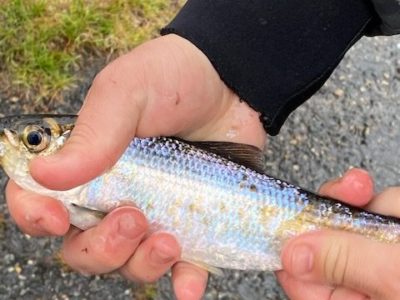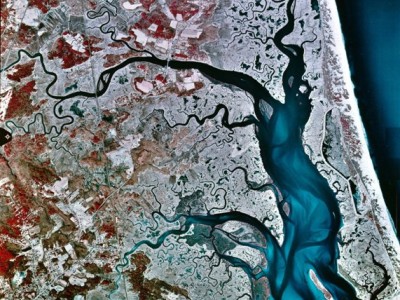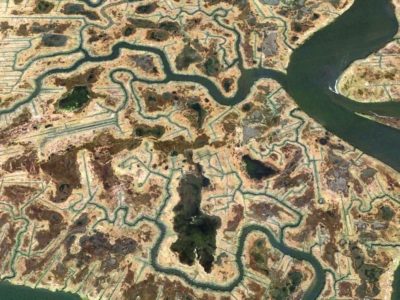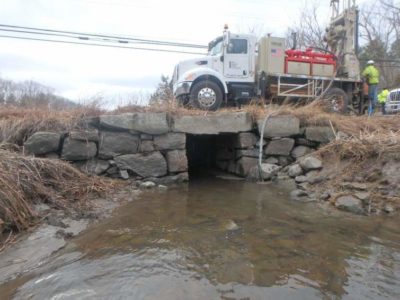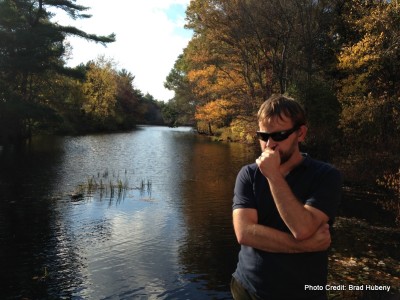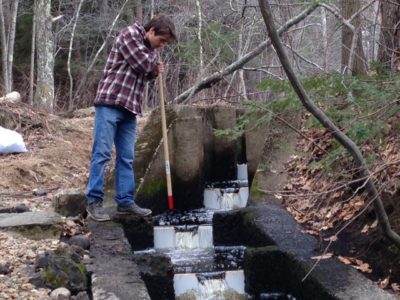LTER-PIE: Interactions Between External Drivers, Humans and Ecosystems in Shaping Ecological Process in a Mosaic of Coastal Landscapes and Estuarine Seascapes
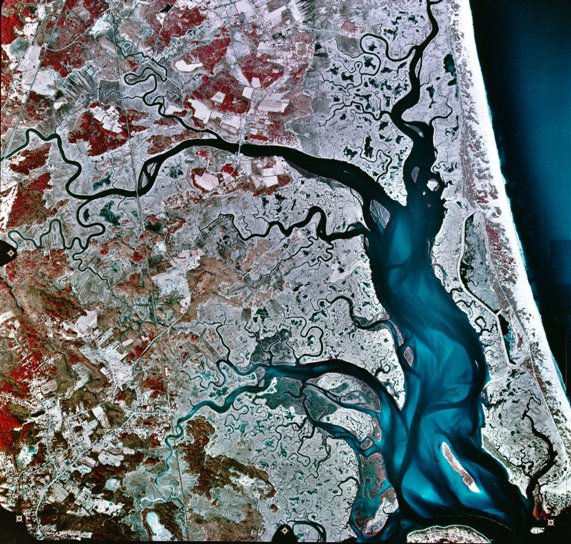
Plum Island Sound, 1:40,000 USGS National Aerial Photographic Program 1992
Lead Organization: Marine Biological Laboratory, Woods Hole MA 02543
Project Contact: Anne Giblin (MBL)
About the Project
The Plum Island Ecosystems (PIE) LTER is working towards a predictive understanding of the long-term response of coupled land -estuary- ocean ecosystems to changes in three drivers: climate, sea level, and human activities. The Plum Island Estuary-LTER includes the coupled Parker, Rowley, and Ipswich River watersheds, estuarine areas including a shallow open sound, and extensive tidal marshes. Our overarching goal is to understand how external drivers, ecosystem dynamics, and human activities interact to shape ecological processes in a mosaic of coastal landscapes and estuarine seascapes. Understanding how landscapes and seascapes evolve and change, and how those changes control ecosystem processes, is both a fundamental science question and a critical management question. Our research questions are focused around two themes:
- What controls the spatial arrangements and connectivity between ecological habitat patches in the coastal zone?
- How do the spatial arrangement and the connectivity between ecological habitat patches in coastal watersheds and the estuarine seascape influence ecological processes?
To address our goal we will:
- Quantify recent changes in spatial arrangements and connectivity in the watershed and estuary and investigate their drivers.
- Supplement our long-term monitoring with additional measurements in the watershed and estuary to understand how ecosystem processes are influenced by different spatial arrangements and connectivity. In the watershed these include areas where the river network has been modified by suburbanization and beaver dams.
- Continue existing and add new large scale manipulative experiments to increase mechanistic understanding of ecological processes in various critical land and seascape patches and their responses to drivers.
- Develop and apply models to understand how biogeochemical and trophic processes emerge at broader scales in a spatially complex coastal environment.

